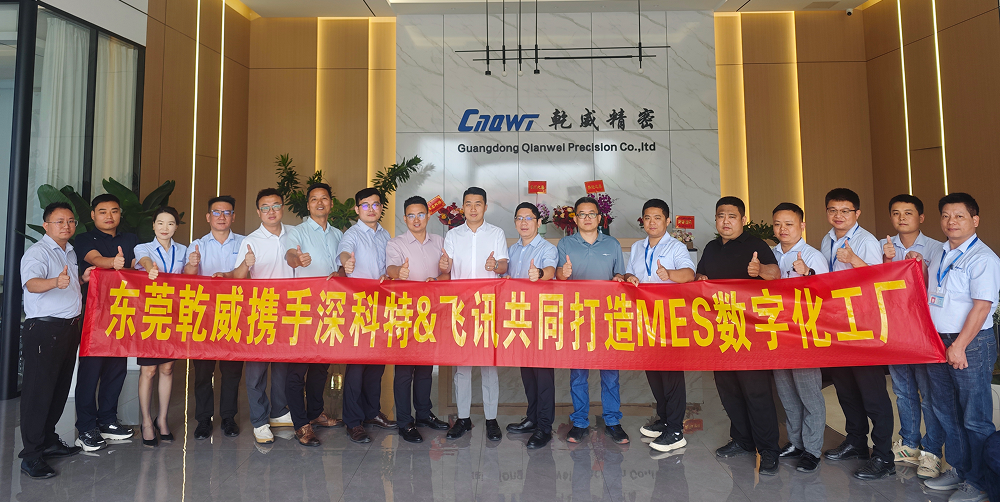WMS系统库存转移的影响因素

Title: Examining the Factors Influencing Inventory Transfer in a WMS System
Introduction:
Warehouse Management Systems (WMS) play a crucial role in modern supply chain management by enabling efficient inventory control and movement. One critical aspect of a WMS is inventory transfer, which involves moving goods from one location to another within a warehouse or between different facilities. However, several factors can impact the effectiveness and efficiency of inventory transfers within a WMS. This article explores these factors from multiple perspectives, highlighting their significance and potential implications.
1. Process Efficiency:
Efficient inventory transfer processes are essential for minimizing costs and maximizing productivity. Factors such as proper planning, streamlined workflows, and optimized order picking strategies significantly impact process efficiency. A well-designed transfer process ensures timely movement of goods, reduces idle time, and minimizes errors, ultimately enhancing overall warehouse performance.
2. Inventory Accuracy:
Inventory accuracy is vital for successful inventory transfers. Any discrepancies in stock levels, incorrect item identification, or mislabeled packages can lead to delays and errors during transfers. Implementing barcode scanning technologies, real-time updating systems, and regular stock audits are critical to maintaining accurate inventory records and preventing costly mistakes.
3. Warehouse Layout:
The layout and organization of a warehouse directly affect inventory transfers. Poorly designed layouts, inadequate space allocation, or improper zoning can impede the smooth flow of goods. An optimized warehouse layout with clearly defined picking zones, designated transfer areas, and efficient placement of inventory can reduce travel time, improve accessibility, and enhance transfer efficiency.
4. Material Handling Equipment:
Choosing the right material handling equipment (MHE) is essential for efficient inventory transfer. Factors such as the type of goods being moved, their weight and size, and the layout of the warehouse determine the MHE required. Utilizing appropriate equipment, such as forklifts, pallet jacks, conveyors, and automated guided vehicles (AGVs), ensures safe and swift transfers, minimizing the risk of damage and increasing productivity.
5. Technological Integration:
The integration of various technologies within a WMS significantly impacts inventory transfers. Automation, such as conveyor systems, robotics, and automated storage and retrieval systems (AS/RS), can streamline transfer processes, reduce labor requirements, and enhance accuracy. Additionally, integrating the WMS with other enterprise systems, like Enterprise Resource Planning (ERP) and Transportation Management Systems (TMS), enables seamless data exchange and more efficient coordination between inventory transfers and other supply chain activities.
6. Workforce Competency:
The competency and training of warehouse personnel directly influence inventory transfer effectiveness. Well-trained and skilled employees can optimize workflows, ensure accurate data entry, and handle equipment properly, reducing transfer errors and delays. Regular training, performance evaluations, and incentive programs foster a capable and motivated workforce that positively impacts inventory transfers within the WMS.
7. Demand Variability:
Fluctuating demand patterns have a significant impact on inventory transfers. Seasonal peaks, unexpected spikes in sales, or changes in customer preferences can result in increased transfer volumes and time pressures. Anticipating demand variability through data analysis, predictive modeling, and proactive planning enables better resource allocation, optimized transfer schedules, and improved responsiveness to customer needs.
Conclusion:
Effectively managing inventory transfers within a WMS is crucial for maintaining a responsive and efficient supply chain. Process efficiency, inventory accuracy, warehouse layout, material handling equipment, technological integration, workforce competency, and demand variability are all critical factors that must be considered. By addressing these factors from various angles, organizations can optimize their inventory transfer operations, improve customer satisfaction, and gain a competitive edge in the dynamic world of logistics.
��Ѷ���������2006�꣬ӵ�������з����뿪��ƽ̨����һ�Ҽ���Ӫ�������졢�ɹ���ȫ��·���ǻ��������Ʒ����̺ͷ����̡���Ʒ�������ֻ����䡢����������������������˾��MRO��ERP��MES��WMS��CRM��SRM�Ȳ�ƷΪ������Ϊ�ͻ��ṩ���ǻ��������巽���滮��������ܷ�����Χ���������Ǻͳ����ǵ����������ڰ����ͻ������к�ʵ�ʳ������ɴ��С��ɴ��µ����ֻ���Ӫ��ϵ�������������Ϣ�����������ֻ��;������ܻ��������⣬Ϊ��ͬ��ҵ����ͬ��ʵ�ֲ�ͬ�ľ�ӪĿ�ꡣ























请先 登录后发表评论 ~